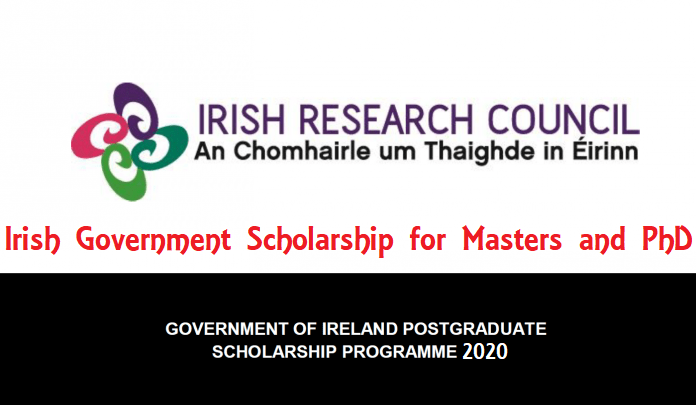7. Read the following passage carefully and answer the questions given at the end.
The earliest authentic works on European alchemy are those of the English monk Roger Bacon and the German philosopher St. Albertus Magnus. In their treatises, they maintained that gold was the perfect metal and that inferior metals such as lead and mercury were removed by various degrees of imperfection from gold. They further asserted that these base metals could be transmuted to gold by blending them with a substance even more perfect than gold. This elusive substance was referred to as the “philosopher’s stone”.
Questions Passage 7
1. Roger Bacom and St. Albertus Magnus had the same
(a) nationality
(b) profession
(c) premise
(d) education
2. It is probable that Roger Bacon’s work
(a) was not genuine
(b) disproved that of St. Albertus Magnus
(c) was written after St. Magnus
(d) contained references to the conversion of base metals to gold
3. According to the alchemists, the difference between base metals and gold was one of
(a) perfection
(b) chemical content
(c) chemical content
(d) weight
4. The “philosopher’s stone” was
(a) lead which was mixed with gold
(b) an element which was never found
(c) another name for alchemy
(d) a base metal
Answers Passage 7
1. c 2. d 3. a 4. b
Read More: Test Material All Examination and Jobs










